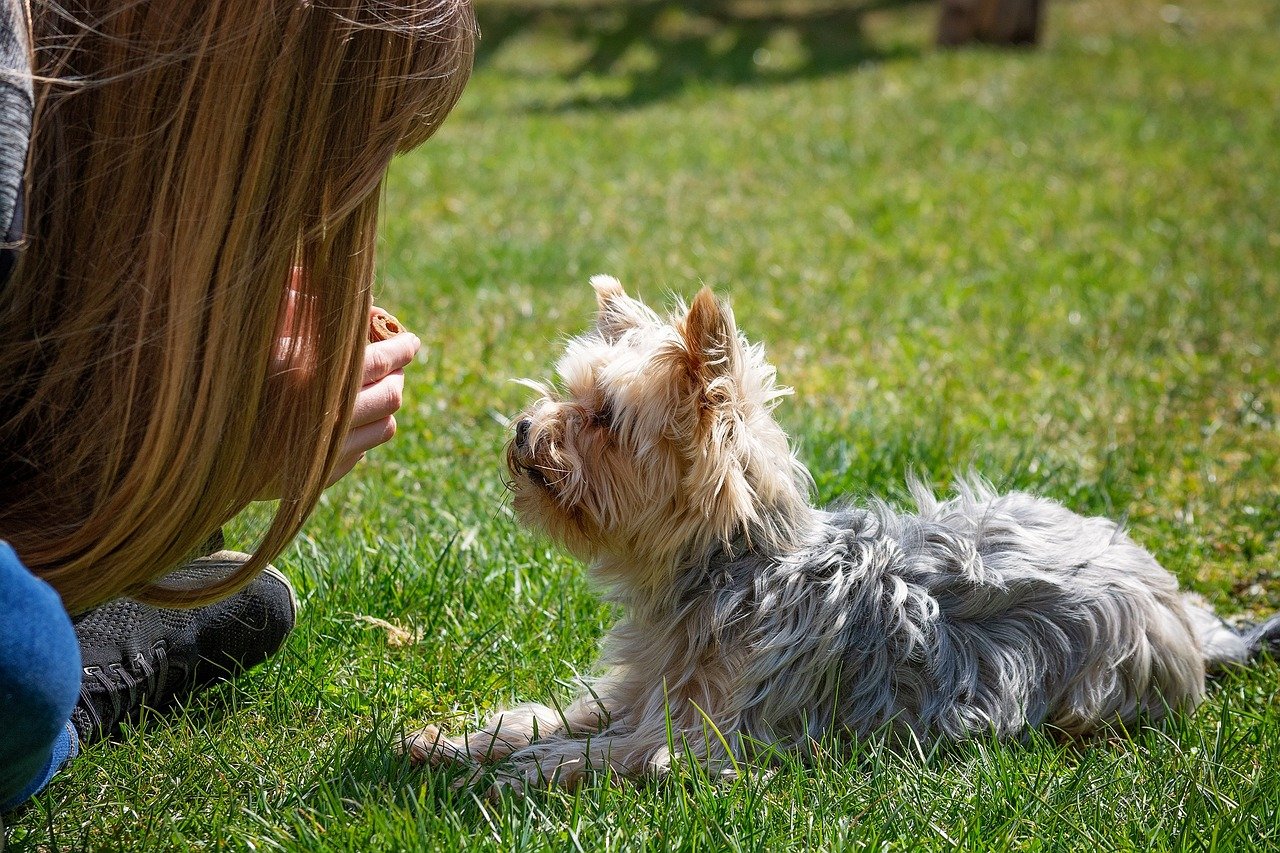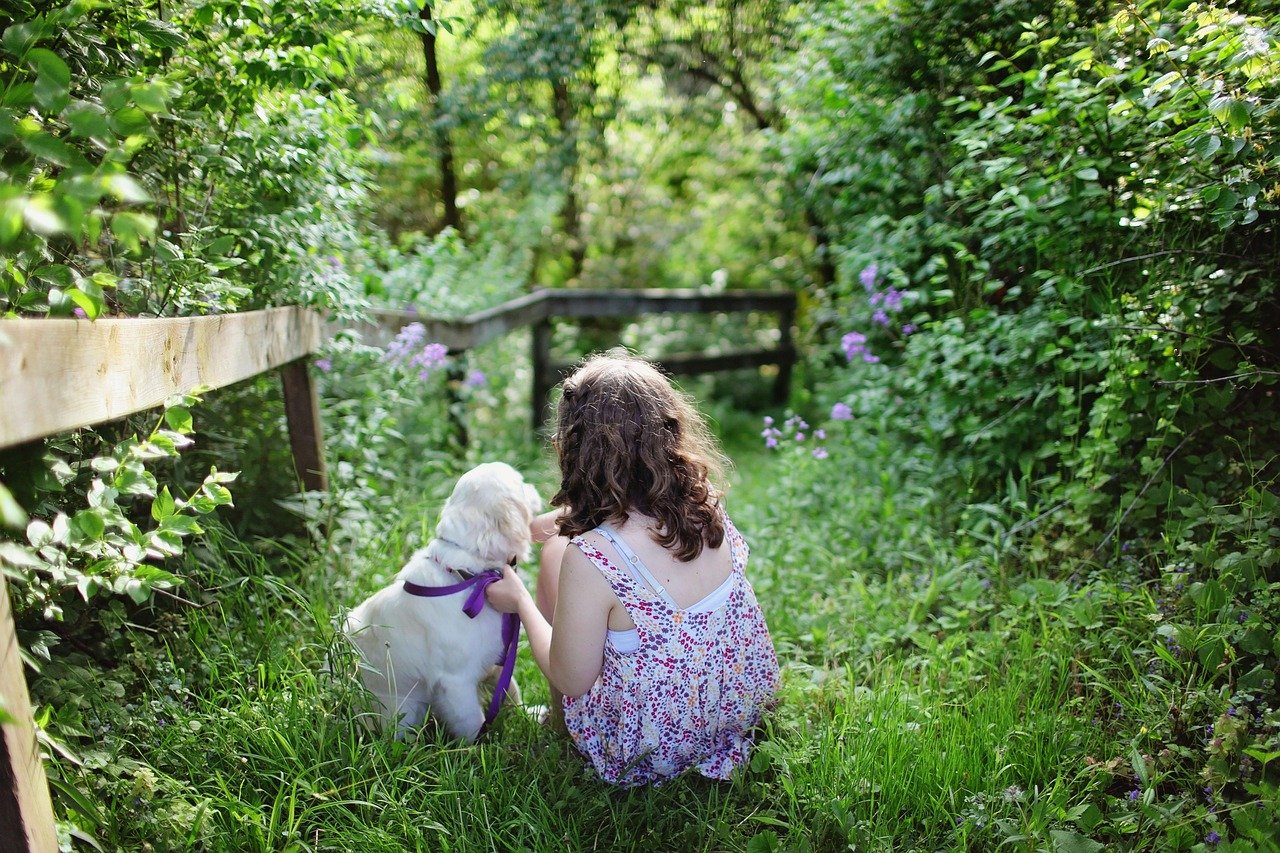Dogs are undeniably wonderful companions, bringing joy and love into our lives. However, they can also cause a few challenges, especially for garden enthusiasts. One common issue is dogs peeing on flowers, which can lead to wilting plants and unsightly garden patches. Fortunately, there are ways to curb this behavior without causing distress to your beloved pooch. Here we delve into six effective tricks to keep your dog from turning your flower beds into their personal restroom.
Understand Why Your Dog Pees on Flowers

Before we jump into solutions, it’s crucial to understand why dogs might choose your flowers as their bathroom spot. Often, dogs mark their territory by urinating, and gardens can be an appealing place due to new scents and sights. The soil might also be a comfortable surface for them. Sometimes, it’s simply a habit formed due to the convenience of access. Recognizing these motivations can help tailor your approach in redirecting their behavior.
Set Up Physical Barriers

One straightforward method to protect your flowers is by setting up physical barriers. A small decorative fence can deter dogs from entering flower beds. If your dog is particularly persistent, consider using chicken wire or mesh to create a more formidable barrier. The fence doesn’t need to be tall, just enough to make it inconvenient for your dog to access the area. This method not only protects your plants but also adds an ornamental touch to your garden.
Use Natural Repellents

Natural repellents can be a gentle yet effective way to keep dogs out of specific garden areas. Citrus peels, vinegar, or cayenne pepper are known deterrents for dogs. Sprinkling these around your flowers can discourage your pet from visiting those areas. Be sure to use these substances safely and sparingly, as some options like cayenne pepper can irritate a dog’s nose and paws. Always prioritize your pet’s safety when experimenting with natural solutions.
Create a Designated Bathroom Area

Training your dog to use a specific spot in your yard as their bathroom can be highly effective. This involves consistently guiding them to the designated area and rewarding them when they use it. Over time, your dog will associate that spot with their bathroom routine. You can make this area more appealing by adding sand or mulch, which many dogs find comfortable. Consistency and patience are key, as it might take a little while for your dog to adjust.
Employ Positive Reinforcement

Positive reinforcement is a powerful tool in altering your dog’s behavior. Whenever your dog urinates in the designated area instead of your flowers, reward them with treats and praise. This approach encourages them to repeat the desired behavior. Conversely, if you catch them in the act of peeing on your flowers, calmly redirect them without scolding. Dogs respond better to positive interactions and will be more likely to follow your guidance when it’s associated with rewards.
Utilize Training and Commands

Commands such as “leave it” or “stay” can be very effective in training your dog to avoid certain areas. Teaching these commands requires patience and consistency but can be incredibly rewarding. Start by using the command in a neutral setting and gradually apply it to the garden. Regular training sessions strengthen the bond between you and your dog while ensuring they understand and respect boundaries. Remember, training should always be a positive experience for both you and your pet.
Consider Professional Help
If you find it challenging to curb your dog’s behavior on your own, seeking professional help might be the best option. Dog trainers and behaviorists have the expertise to identify the root of the problem and provide tailored solutions. They can offer personalized advice and training techniques that you might not have considered. Professional guidance can be particularly helpful if your dog’s behavior is linked to anxiety or other underlying issues.
Incorporating these strategies can help maintain the beauty of your garden while ensuring your dog remains happy and healthy. By understanding your dog’s behavior and employing practical solutions, you can create a harmonious environment where both your flowers and furry friend can thrive.






